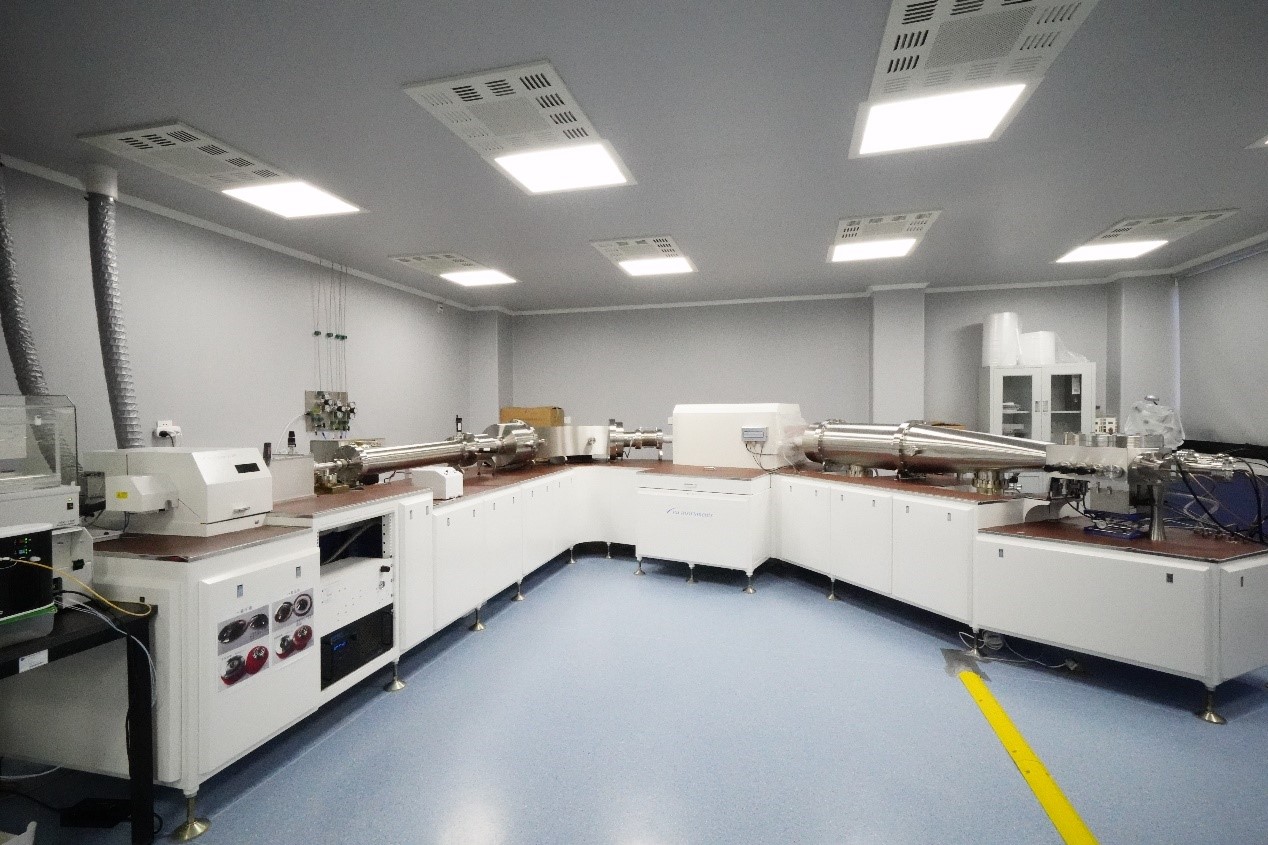Nu Plasma 1700 (MC-ICPMS)
18-10-24 10:27 发布者:admin</span> 浏览次数:次
Nu Plasma 1700: Large Geometry Multi-Collector Inductively Coupled Plasma Mass Spectrometer
The application of non-traditional stable isotope systems such as Mg, Si, S, K, Ca, Ti, V, Cr, Fe, Ni and Se in geochemistry, cosmochemistry and life sciences has been spurred by the advancement of the multi-collector ICP-MS (MC-ICPMS) over the last two decades. This versatile technique, although widely considered as the standard method for the high precision isotopic analysis of such systems, is limited by the inevitable molecular species generated by the ICP source resulting from ions such as Ar+, N+, O+ and H+. These species can often interfere directly with the atomic ions of the same nominal mass, leading to inaccurate isotope ratio determination. The ability to avoid unwanted interfering species in close proximity to the target ions on the mass focal plane is dependent on the mass resolution. Such interfering species are partially resolved by narrowing the source entrance slit to proportionally increase the mass resolution.
Narrowing the source entrance slit has the unavoidable consequence of decreasing the ion beam intensity. The natural size of the focused ion beam entering the mass analyzer is ~0.3mm, reducing this dimension proportionally reduces the ion beam intensity in a way that can not be recovered. A larger magnet and geometry results in a bigger mass dispersion which increases the base resolution of the instrument. Nu Plasma 1700 has a mass dispersion of ~1700mm, giving a base resolution of >800 (10% valley definition), much higher than any standard MC-ICP-MS. This is sufficient to analyze nearly 40% of isotopes while operating at full sensitivity. Comparing to any standard MC-ICP-MS, the ion transmission is much higher on the Nu Plasma 1700 for a given resolving power. The source entrance slit is continuously adjustable, allowing a suitable resolving power to be chosen to analyze a certain isotope system, without unnecessary sacrifice of transmission. The edge resolving power can go up to >30,000 (5, 95% edge definition) making most isotopes measurable.
Key features:
Ø Double-focusing high-resolution MC-ICP-MS with large dispersion
Ø True high resolution and pseudo high resolution analysis capability
Ø Standard resolution >800, Peak flat at >5000 resolution
Ø Variable independently adjustable high resolution collector slit for each collector
Ø Enhanced Sensitivity Interface as standard
Ø Sixteen large dynamic range Faraday detectors, with optional software switchable resistor pre-amplifiers
Ø Moveable Faraday detectors on the outer array providing extra flexibility for large dispersion isotope systems
Ø Up to five ion-counting detectors (with SEM/Daly options) and high abundance deceleration filters for improved abundance sensitivity
Ø Better abundance sensitivity than a standard MC-ICP-MS
Ø Variable Zoom Optics allow for instantaneous switching between isotopic systems during analysis
Ø Differential pumping configuration
Ø Fully Dry Pumped configuration available
Ø Ground potential analyzer operation
True High Resolution
The Nu Plasma 1700 has a unique true high resolution capability, utilizing independently adjustable collector slits fitted for each detector. Interfering peaks are completely resolved from analyte peaks, whilst maintaining a flat top profile. This is critical in cases when polyatomic interferences appear on the high mass side and doubly charged interferences on the low mass side of the analyte peaks, often observed in laser ablation mode.
Isotopic analytical methods set up using Nu Plasma 1700
l High-precision Ca isotopic measurement using a large geometry high resolution MC-ICP-MS with a dummy bucket
l High-precision copper and zinc isotopic measurements of igneous rock standards using a large-geometry MC-ICP-MS
l High-precision iron isotopic measurements using a large-geometry MC-ICP-MS

